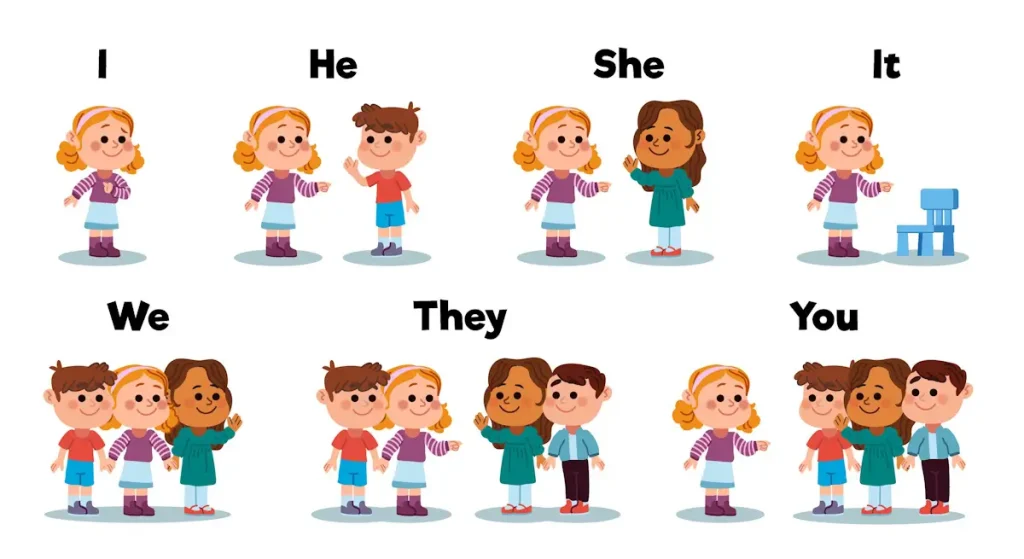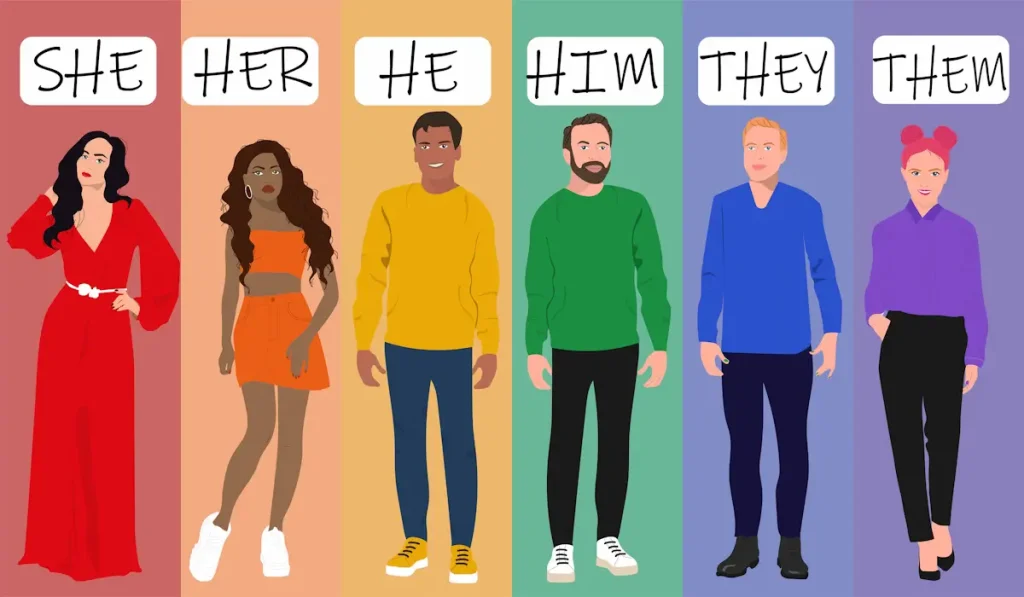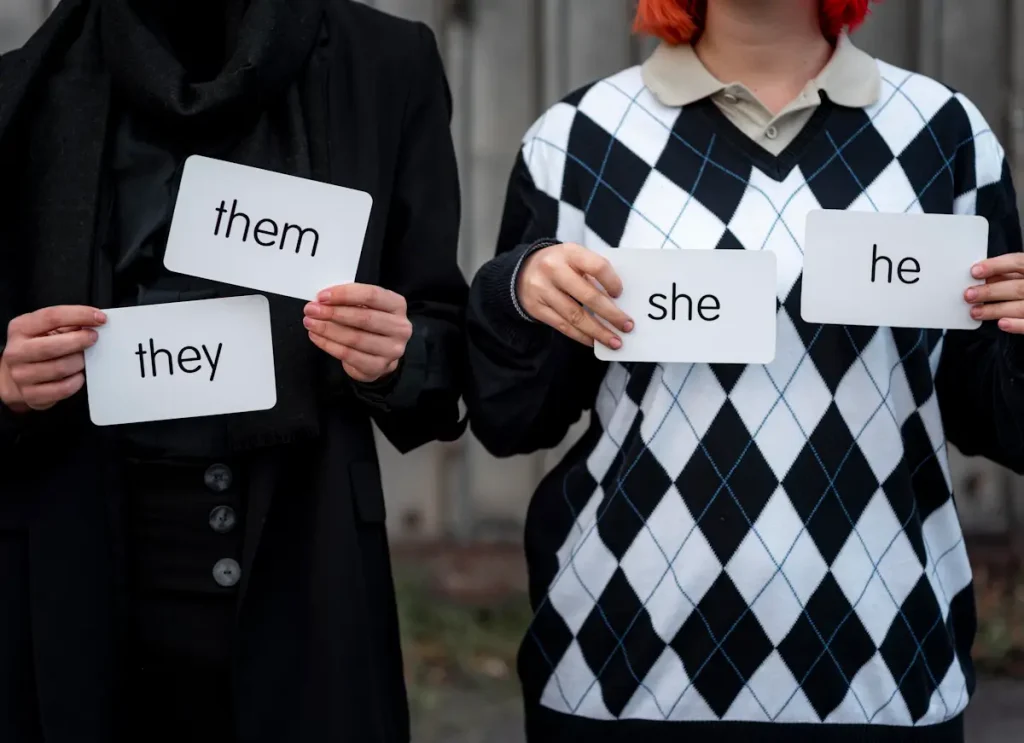In our daily life, we rarely consider pronouns—those simple words like he, she, or they. However, for transgender and nonbinary persons, pronouns are more than just words. They are daily affirmations of identity that can fundamentally transform how someone perceives themselves and their place in the world. The simple act of using the proper pronouns is a real intervention that can save lives. It turns a potentially hostile setting into one of acceptance, which is critical for emotional and psychological resilience.
What Are Gender Pronouns?
Gender pronouns are the words we use to refer to someone instead of their name. They frequently represent a person's gender identification and are an important aspect of accepting and affirming that identity.
Common Pronouns and Who Might Use Them:
| Pronoun Set | Used By | Example Sentence |
| He/Him | Cisgender or transgender men | “He is going to the store.” |
| She/Her | Cisgender or transgender women | “I saw her at the event.” |
| They/Them | Nonbinary, genderqueer, or those who prefer a neutral option | “They just arrived at the meeting.” |
Note: Not all LGBTQ individuals use unique pronouns; many use he/him or she/her. It's always wise to ask and respect someone's unique preferences.

How Pronouns Can Help Transgender People in Everyday Life
They Build Confidence
Being addressed with the appropriate pronouns supports gender identity and promotes comfort.
They Promote Belonging
Using the proper pronouns promotes inclusiveness in all settings—school, job, and social organizations.
They Boost Mood and Positivity
Correct pronouns can improve a person's mood and make daily interactions more enjoyable.
They Help Reduce Stress
It eliminates the need for corrections while allowing natural conversation to flow.
How This Affects Everyone—Not Just Trans People
- Encourages Respectful Dialogue
Promotes emotional intelligence and safer self-expression for everyone. - Prevents Assumptions
Helps avoid misgendering and bias based on physical appearance. - Strengthens Teams and Friendships
Improves communication and connection across all relationships.
What If You Make a Mistake?
If you use the wrong pronoun:
1. Correct yourself: “She—sorry, they—sent it.”
2. Move on—no need to over-apologize.
What matters is that you keep trying.
Quick Guide to Common Pronouns
He/Him(Lesbian, transmen): He is kind. I saw him. That’s his bag.
She/Her (Gay/ Transwoman, Ladyboy): She is smart. I called her. It’s her idea.
Pronouns in Real Life: Small Word, Big Impact
For a transgender person, being addressed with the correct pronoun is a daily affirmation. It creates comfort, trust, and reduces stress. Misgendering causes discomfort and disconnect. We all have the power to make a difference—just by saying the right word.

Final Thoughts: Respect for Starts with Words
Using a person's proper pronouns is a simple but powerful gesture of human compassion that acknowledges their individuality and presence. It costs nothing to offer this respect, but for a trans person, it can make the difference between feeling seen and invisible, as well as a source of hope and acceptance.
Using the correct pronouns communicates to someone that you are valid. You're welcome. You're secure here.
Let us build a world in which everyone feels seen, heard, and appreciated.
Call to Action
- Share your pronouns.
- Add them to emails or profiles.
- Practice gender-inclusive language.
- Share this post with friends and allies.
FAQs: Pronouns and Inclusion
What if I don't know someone’s pronouns?
Ask or use their name.
Is it OK to include pronouns if I’m cisgender?
Yes, it supports normalization.
What if I mess up?
Briefly correct and continue.
Is 'they' correct for one person?
Yes! It’s been used that way for centuries.

